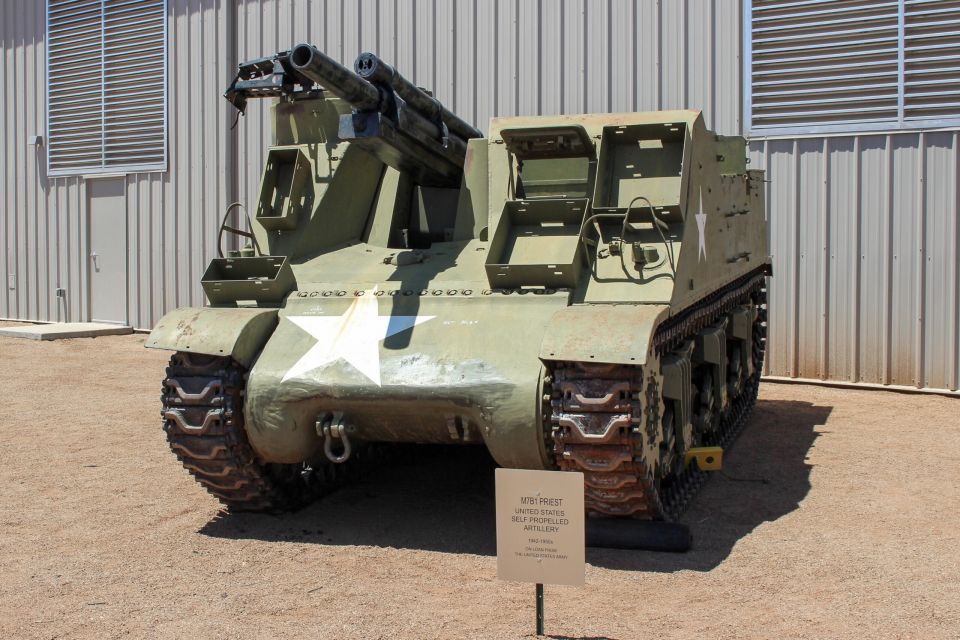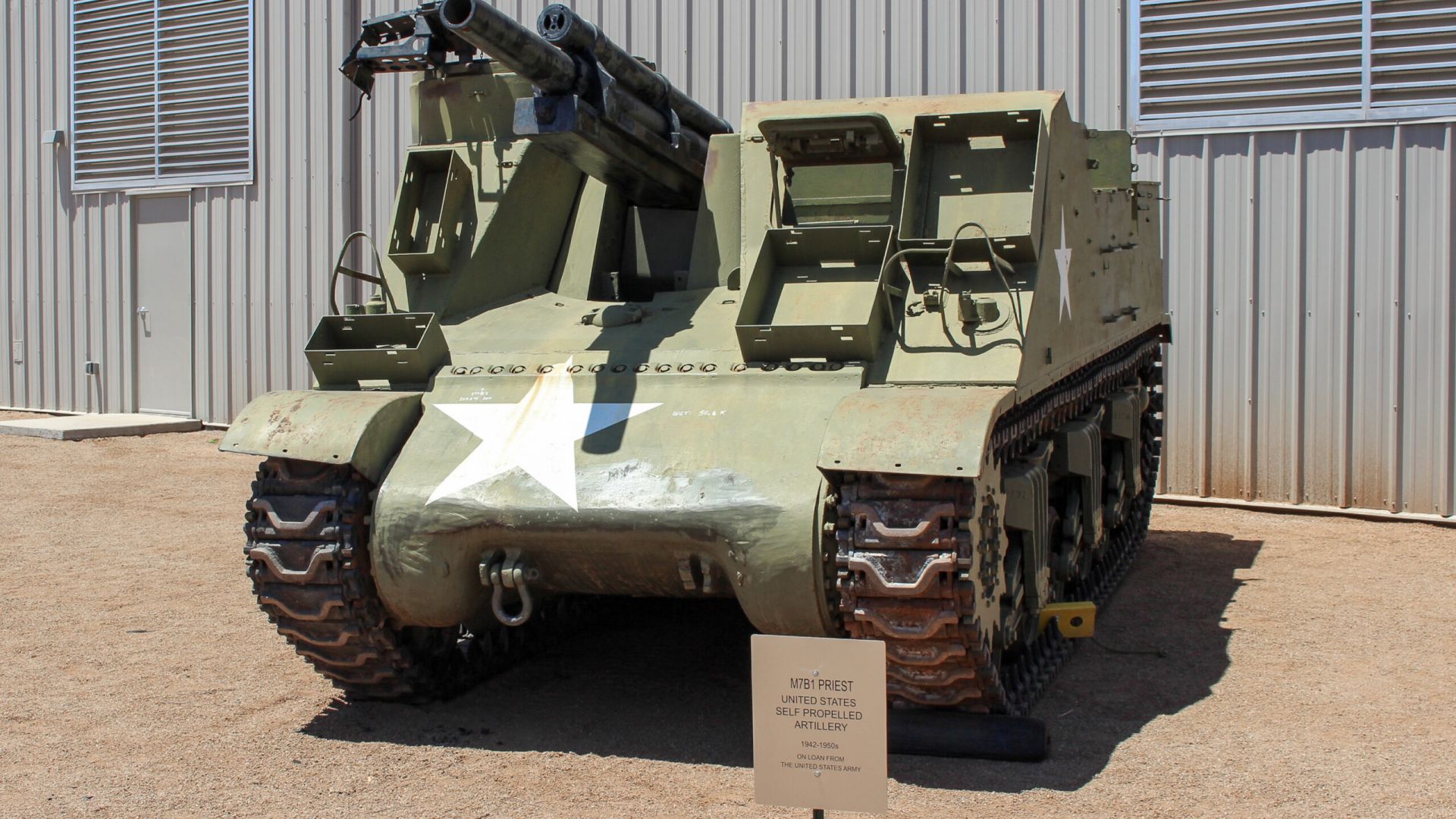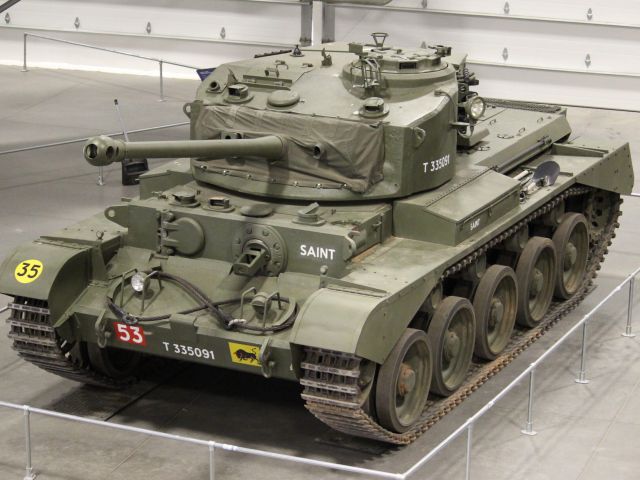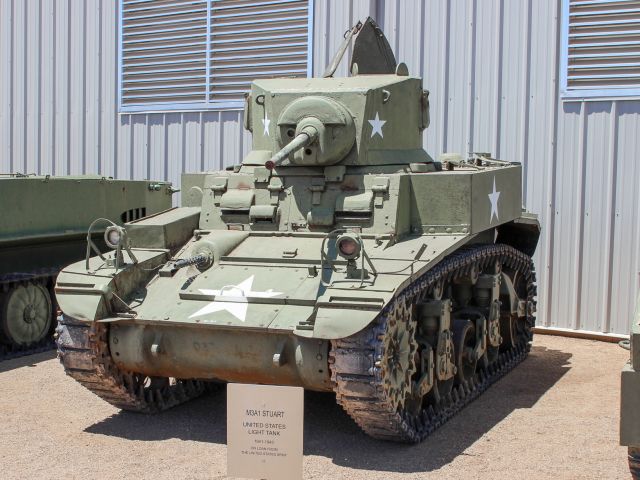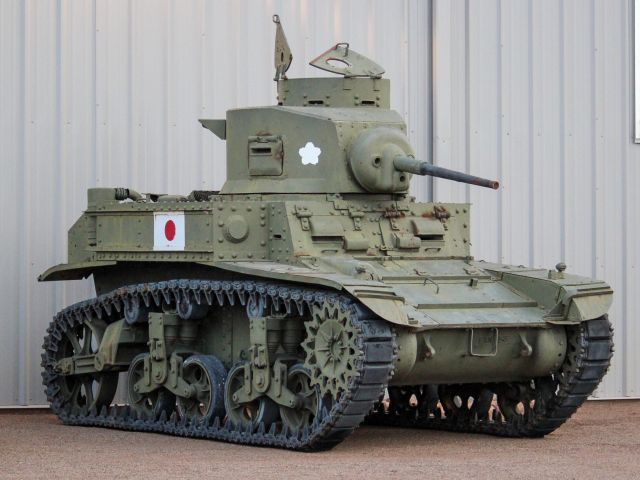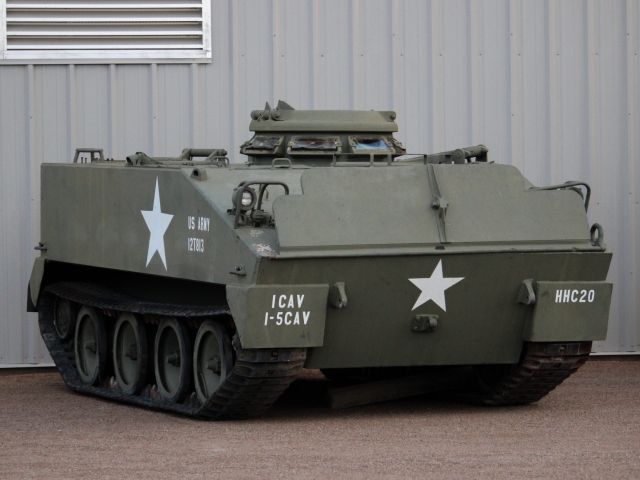Technical Specifications
-
Enter Service:1942
-
Crew:8
-
Weight:50,640 lbs
-
Dimensions:Length: 19 ft 9 in, Width: 9 ft 5 in, Height: 8 ft 4 in, 9 ft 8 in over AA machine gun
-
Armament:Main: 105 mm M1/M2 howitzer (69 rounds); Secondary: 1 x 0.5 in M2 Browning machine gun
-
Armor:12 – 62 mm
-
Powerplant:Ford GAA (M7B1) 340 hp
-
Performance:Range 120 mi; Maximum speed 24 mph (on road), 15 mph (off-road)
Description
The 105 mm howitzer motor carriage M7 was an American self-propelled artillery vehicle produced during World War II. It was given the service name 105 mm self-propelled, Priest by the British Army, due to the pulpit-like machine gun ring, and following on from the Bishop and the contemporary Deacon self-propelled guns.
During the initial stages of World War II, US Army observers realized that they would need a self-propelled artillery vehicle with sufficient firepower to support armored operations. Lessons learned from operating half-tracks indicated that this new vehicle would need to be armored and fully tracked. It was also decided to use the M3 chassis as the basis for the new vehicle designed. The protype was designated T32. It was accepted in service in February 1942 as the M7. Production began in April of the same year. The British tank mission requested 2,500 M7 to be delivered by the end of 1942. A total of 3,489 M7s and 826 M7B1s were built. They proved to be reliable weapons, continuing to see front-line service in the US and other armies well past the end of World War II.
During the North African campaign, some 90 M7s were received by the British Eighth Army in North Africa, which was also the first to use it, during the Second Battle of El Alamein. Despite supply problems, British Commonwealth forces used the M7 throughout the campaigns in North Africa and Italy. It also played a vital role during the invasion of Normandy and in the Battle of the Bulge. In the Asia Pacific War, the M7 was used by US and British forces. It was developed into six variants and utilized by the armies of some 16 nations. The M7 was phased out of service after the Korean War.
